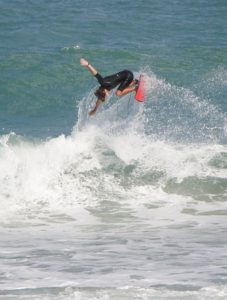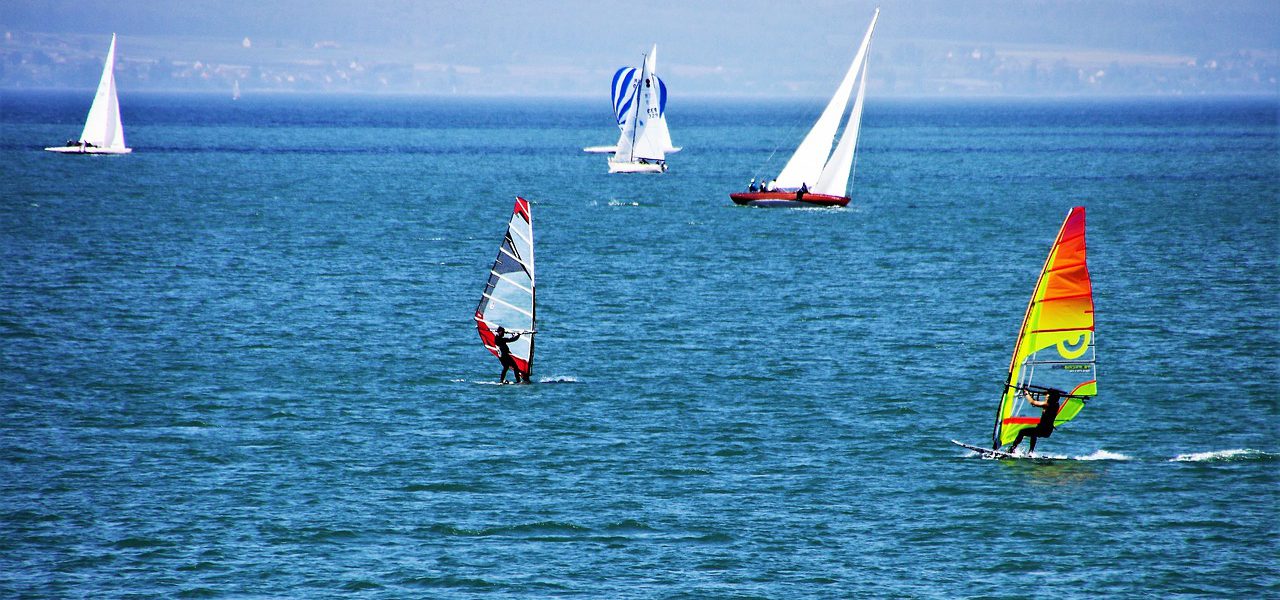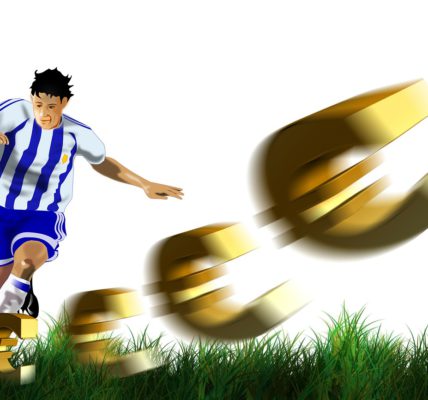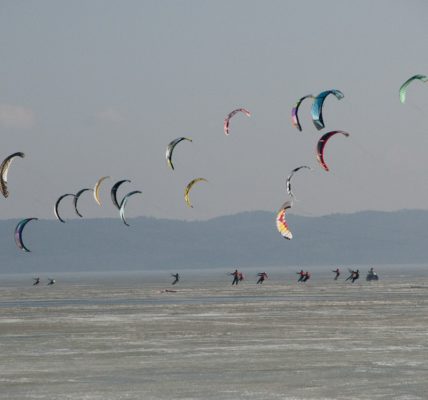Newer sports, at least with regards to other sports which we have known for centuries, are harder to understand for a broader audience. For the fans, the rules and regulations of a sport are a normal thing, but for a newcomer, it might be a mystery, making a sport exotic.
Some sports are by their very nature a bit extreme and surfing is one of those sports. Recently, it has been introduced to the Olympics and was present at the 2020 Tokyo Olympic Games. Even though this helped the sport reach a wider audience does not mean that the said audience understands the rules of the sport, particularly how it is judged. Following is an explanation of how surfing is rated and judged.
The Basics of Surfing Scores

Surfing is judged based on a couple of criteria.
The first and foremost is commitment and degree of difficulty. The second is how innovative and progressive the maneuvers are. The third criteria are the variety of movements. The last two are the ways that the manoeuvres are connected as well as the speed, flow and power.
These things are hard to understand in a vacuum so let’s break them down.
Understanding the Judging Criteria
Commitment and degree of difficulty refer to how risky the moves are that the athlete wants to perform. The judges also monitor the athlete’s commitment, meaning whether they will actually commit to their routine with conviction. They also monitor whether the athlete commits to using a wave in its fullest potential.
The manoeuvres and progressiveness, refers to whether the athletes use already seen manoeuvres or something entirely original. This puts pressure on an athlete to make their own moves, but also gives them expressive freedom, which is important in a sport like surfing.
The variety of manoeuvres speaks for itself. The more variety in the movements as opposed to repetition, the better.
The fourth and fifth are related, connecting movements has a lot to do with speed, flow and power. Flow is basically connecting movements, and power has to do with how much an athlete pushes themselves when doing a move.
The Competitive Part

Each surfer gets two of their highest scores combined. Five judges judge from 1 to 10, with decimal odds. The highest and lowest scores are discarded and the surfer gets an average of the remaining three. A rider can catch as many waves as they want. The duration of a heat is anywhere from 20 to 35 minutes, depending on the conditions. A rider can have a maximum of 20 points, making it a double 10, a perfect ride.
Even though there are set criteria on how a surfing competition is judged, in the Olympics, as well, it is all a connection of movements, which is the way the public sees it, as well as the judges.
This is how surfing is judged, as easy as possible. If you catch a surfing tournament, now you will know how the athletes’ performances are judged.












